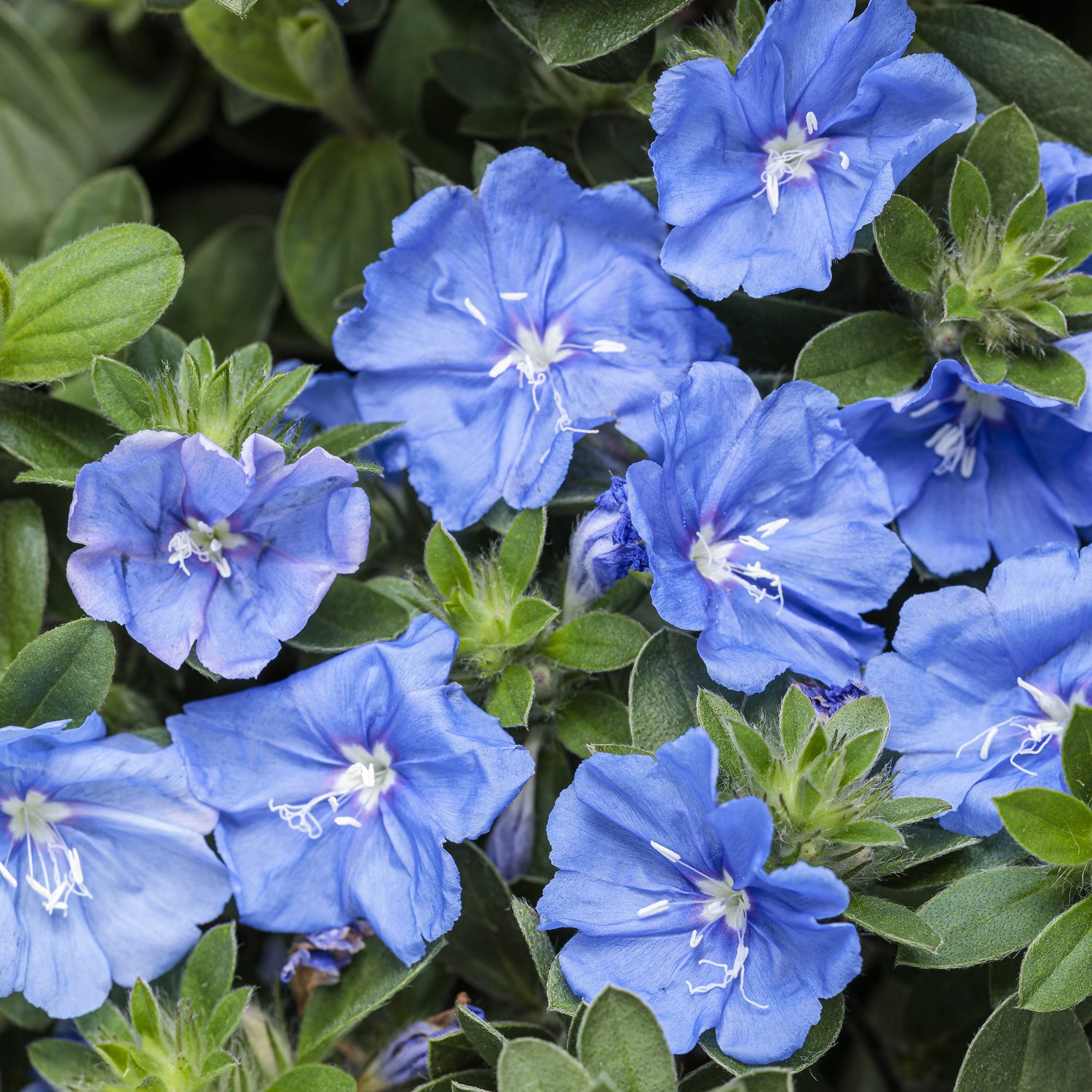The Evolutionary Journey of flowers: A Symphony of Form and Function
Flowers, the vibrant jewels of the plant kingdom, are not merely beautiful adornments. They represent a pinnacle of evolutionary innovation, a testament to the power of natural selection in shaping life’s diversity. Their dazzling array of colors, shapes, and scents serves a crucial purpose: attracting pollinators and ensuring the continuation of plant lineages. This intricate dance between flowers and their pollinators has driven the evolution of some of the most spectacular adaptations in the natural world. Let’s delve into the fascinating story of how flowers came to be, exploring their evolutionary journey from humble beginnings to the breathtaking diversity we see today.
From Ancient Gymnosperms to the Rise of Angiosperms
The story of flowers begins with their ancestors, the gymnosperms, a group that includes conifers, cycads, and ginkgoes. These plants reproduce using seeds that are not enclosed within a fruit. While gymnosperms possess reproductive structures, they lack the true flowers we recognize today. Instead, they rely on wind pollination or, in some cases, insects for reproduction.

The emergence of angiosperms, the flowering plants, marked a significant turning point in plant evolution. These plants developed a novel reproductive strategy: the flower. This innovation allowed for more targeted pollination, leading to increased efficiency and diversification. The earliest flowers were likely simple in structure, perhaps resembling small, inconspicuous blossoms. However, over millions of years, they evolved into the complex and diverse forms we admire today.
The Flower’s Blueprint: A Marvel of Engineering
A typical flower consists of four main parts: sepals, petals, stamens, and carpels. Sepals are the outermost, usually green, leaf-like structures that protect the developing bud. Petals, often brightly colored and attractively shaped, serve to attract pollinators. Stamens are the male reproductive organs, producing pollen grains that contain the sperm cells. Carpels are the female reproductive organs, consisting of the ovary, style, and stigma. The ovary contains the ovules, which, after fertilization, develop into seeds.
This basic blueprint has been modified and adapted countless times throughout the evolutionary history of flowers. Variations in the number, shape, size, and arrangement of these parts have given rise to the astonishing diversity of floral forms we observe.

The Pollinator Partnership: A Driving Force of Evolution
The co-evolution of flowers and their pollinators is a prime example of mutualism, a relationship where both partners benefit. Flowers provide pollinators with rewards, such as nectar, pollen, or oils, while pollinators, in turn, transfer pollen from one flower to another, facilitating fertilization.
This close relationship has driven the evolution of specialized adaptations in both flowers and pollinators. For instance, flowers pollinated by bees often have blue or yellow petals, as bees have excellent color vision in this range. They may also have landing platforms and scent guides to direct bees to the nectar reward. Flowers pollinated by hummingbirds, on the other hand, tend to be red or orange, tubular in shape, and lack a strong scent, as hummingbirds have excellent color vision but a poor sense of smell.
The Language of Flowers: Signals and Deception

Flowers communicate with their pollinators through a variety of signals, including color, scent, shape, and even timing of blooming. These signals can be honest, accurately reflecting the presence of a reward, or deceptive, mimicking the signals of other rewarding flowers or even female insects.
Orchids, for example, are masters of floral deception. Some orchid species mimic the appearance and scent of female insects to attract male pollinators. The male insect, attempting to mate with the flower, inadvertently picks up pollen and carries it to another flower.
The Evolution of Floral Diversity: A Tapestry of Adaptations
The immense diversity of flower forms is a testament to the power of natural selection. Different pollinators have different preferences and abilities, leading to the evolution of flowers that are specifically adapted to attract and utilize them.
Consider the evolution of flower shape. Tubular flowers, like those of honeysuckle, are well-suited for hummingbirds with their long beaks. Open, shallow flowers, like daisies, are accessible to a wide range of pollinators, including bees, butterflies, and beetles.
The Role of Genes in Floral Development
The development of flowers is a complex process controlled by a network of genes. Mutations in these genes can lead to dramatic changes in flower form and function, providing the raw material for evolution. Scientists are now beginning to unravel the genetic basis of floral diversity, shedding light on the evolutionary processes that have shaped the flowers we see today.
The Significance of Flowers: Beyond Beauty
Flowers are not just beautiful objects; they play a vital role in the ecosystem. They are the foundation of many food webs, providing nectar and pollen to a wide range of animals. Fruits, which develop from flowers, are also an important food source for many animals, aiding in seed dispersal.
The Future of Flowers: Challenges and Conservation
Despite their importance, flowers face numerous challenges in the modern world. Habitat loss, pollution, and climate change are all threats to floral diversity. Many species of pollinators are also declining, further jeopardizing the reproductive success of flowering plants.
Conservation efforts are crucial to protect the future of flowers. By preserving natural habitats, reducing pollution, and mitigating the effects of climate change, we can ensure that future generations will continue to enjoy the beauty and wonder of these remarkable structures.
The Enduring Legacy of Flowers
From their humble beginnings to their current splendor, flowers have played a pivotal role in the evolution of life on Earth. They are a testament to the power of natural selection, a symbol of the intricate connections between organisms, and a source of beauty and inspiration. As we continue to explore the fascinating world of flowers, we gain a deeper appreciation for their evolutionary journey and the vital role they play in the natural world.
evo flowers
